How to fix air that is too dry when using Venmar FAE115M Ventilation Hood?
- LLinda LambertAug 6, 2025
If the air is too dry when using your Venmar Ventilation Hood, temporarily use a humidifier to increase the humidity levels.
How to fix air that is too dry when using Venmar FAE115M Ventilation Hood?
If the air is too dry when using your Venmar Ventilation Hood, temporarily use a humidifier to increase the humidity levels.
Why is there condensation on my windows when using my Venmar FAE115M?
If you notice condensation on your windows when using your Venmar Ventilation Hood, it indicates the air is too humid. To address this, ensure proper air circulation by leaving curtains half-open. Additionally, store firewood in a closed room with a dehumidifier, a well-ventilated room, or outside.
Explains symbols indicating potential serious injury or death.
Explains symbols indicating potential unit damage.
Explains symbols for supplementary information.
Identifies and illustrates unit components for service.
Provides a chart for ordering replacement parts.
Illustrates the internal airflow patterns of the unit.
Displays performance curves relating air volume to pressure.
Details the physical measurements of the unit.
Lists crucial technical specifications for different models.
Guides on selecting a suitable location and securely mounting the unit.
Provides a step-by-step guide for attaching insulated flexible ducts.
Offers recommendations for positioning the exterior fresh air and exhaust hoods.
Details the correct method for connecting the condensate drain system.
Lists the necessary tools for performing air flow balancing.
Outlines the initial steps and checks before balancing air flow.
Explains how to properly install flow collars for accurate measurements.
Provides a detailed, sequential guide for balancing the unit's air flows.
Identifies and describes the main parts of the unit.
Explains the function and benefits of the heat recovery core.
Advises on operating the unit during freezing temperatures to prevent frost.
Details how to use the wall control and dehumidistat for operation.
Warns about potential damage from dust/vapors and heavy snow.
Illustrates the electrical connections for the unit and wall control.
Alerts users to be cautious of sharp edges when handling unit components.
Describes the procedures to perform every three months.
Provides specific instructions for cleaning the heat recovery core.
Details checking and cleaning the exterior air intake hood.
Warns that partial blockage of the air vent can cause unit malfunction.
Lists common issues and suggests troubleshooting steps.
Explains symbols indicating potential serious injury or death.
Explains symbols indicating potential unit damage.
Explains symbols for supplementary information.
Identifies and illustrates unit components for service.
Provides a chart for ordering replacement parts.
Illustrates the internal airflow patterns of the unit.
Displays performance curves relating air volume to pressure.
Details the physical measurements of the unit.
Lists crucial technical specifications for different models.
Guides on selecting a suitable location and securely mounting the unit.
Provides a step-by-step guide for attaching insulated flexible ducts.
Offers recommendations for positioning the exterior fresh air and exhaust hoods.
Details the correct method for connecting the condensate drain system.
Lists the necessary tools for performing air flow balancing.
Outlines the initial steps and checks before balancing air flow.
Explains how to properly install flow collars for accurate measurements.
Provides a detailed, sequential guide for balancing the unit's air flows.
Identifies and describes the main parts of the unit.
Explains the function and benefits of the heat recovery core.
Advises on operating the unit during freezing temperatures to prevent frost.
Details how to use the wall control and dehumidistat for operation.
Warns about potential damage from dust/vapors and heavy snow.
Illustrates the electrical connections for the unit and wall control.
Alerts users to be cautious of sharp edges when handling unit components.
Describes the procedures to perform every three months.
Provides specific instructions for cleaning the heat recovery core.
Details checking and cleaning the exterior air intake hood.
Warns that partial blockage of the air vent can cause unit malfunction.
Lists common issues and suggests troubleshooting steps.
| Type | Under-cabinet |
|---|---|
| Brand | Venmar |
| Model | FAE115M |
| Lighting | LED |
| Finish | Stainless Steel |
| Voltage | 120V |
| Mounting Type | Under Cabinet |
| Width | 30 inches |
| Noise Level | 6 sones |
| Housing Material | Steel |
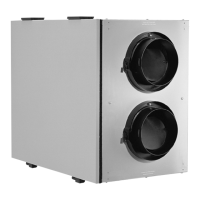
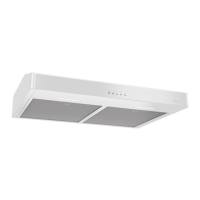
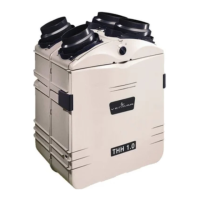


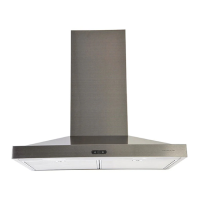
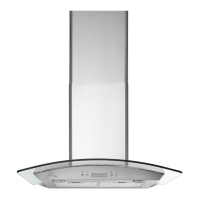
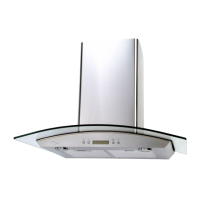

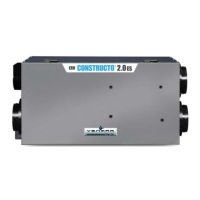
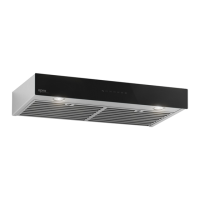
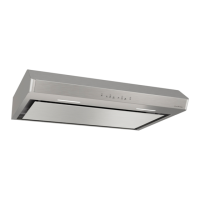
